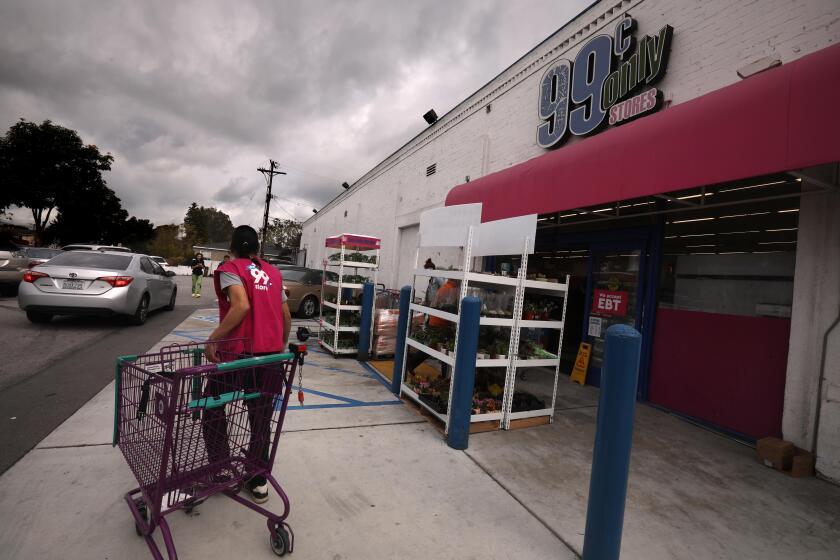Opinion: Bad advice on bed-sharing, which is risky indeed
To the editor: The risks of sharing your bed with your infant are not “imaginary,” contrary to the opinion expressed by Robert LeVine and Sarah LeVine.
An adult bed poses very real risks of sudden infant death syndrome (SIDS), unintentional suffocation, strangulation or entrapment to an infant. Sleep-related infant deaths claim more babies between 1 month and 1 year of age than any other cause.
( “It’s more than OK to sleep next to your infant,” Opinion, Sept. 18)
Multiple studies bear this out. That’s why the American Academy of Pediatrics advises against bed-sharing.
The safest place for an infant to sleep is in a separate crib or bassinet with a tight-fitting sheet and nothing else, preferably in the parents’ bedroom for up to a year.
Benard Dreyer, MD, Elk Grove Village, Ill.
The writer is president of the American Academy of Pediatrics.
::
To the editor: The opinion piece cites the work of James McKenna, who suggests that bed-sharing is not dangerous, but even beneficial.
This goes against official recommendations of the AAP, which have been comprehensively researched, and which recommend room-sharing, but not bed-sharing.
That is, babies should sleep in the same room as parents, but not on the same sleeping surface (bed).
This article gives dangerous advice, which may increase the number of babies dying of SIDS, suffocation or asphyxiation.
Thomas G. Keens, MD, Los Angeles
The writer is chair of the California SIDS Advisory Council.
::
To the editor: As a pediatrician and public health professional, I am deeply troubled by this opinion piece.
The AAP and the National Institutes of Health offer expert guidance that bed-sharing is in fact a significant risk factor for accidental suffocation, sudden unexpected infant death (SUID) and SIDS.
I do not think this risk is adequately reflected in the opinion.
Aside from the risk of accidental layover by the parent, bed-sharing also introduces blankets and pillows, which further increases the risk of accidental infant suffocation.
Parents need to understand that this practice is not risk free.
It is also erroneous to equate the infant sleep environment in Japan (typically a firm mat or futon bedding) with the U.S. (fluffy mattresses, pillows and blankets).
David L. Nunez, MD
Seal Beach
The writer is the Maternal Child and Adolescent Health Medical Director, Orange County
::
To the editor: As a board-certified forensic pathologist and medical examiner practicing in Florida, I am dismayed by the op-ed advocating bed-sharing with infants.
I have performed multiple autopsies on infants who were co-sleeping with their parents or siblings.
Many times, these infants end up face down, wedged into soft bedding or the cushions of a couch, or between the mattress and the wall, just to name a few situations.
Rollovers can also be a cause of asphyxia.
The risks are not to be underestimated.
Kelly Devers, MD, Tampa, Fla.
Follow the Opinion section on Twitter @latimesopinion and Facebook
More to Read
A cure for the common opinion
Get thought-provoking perspectives with our weekly newsletter.
You may occasionally receive promotional content from the Los Angeles Times.






